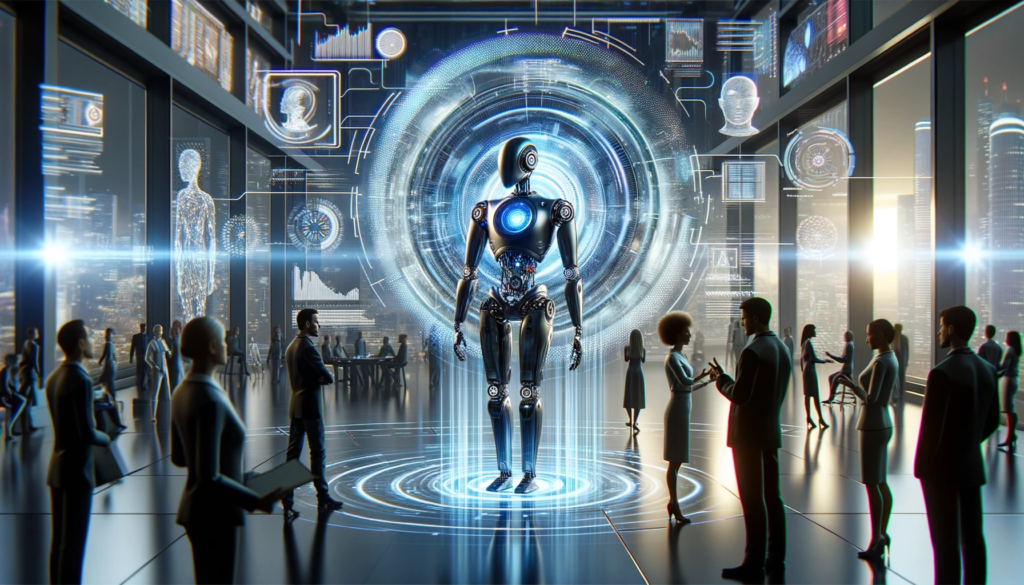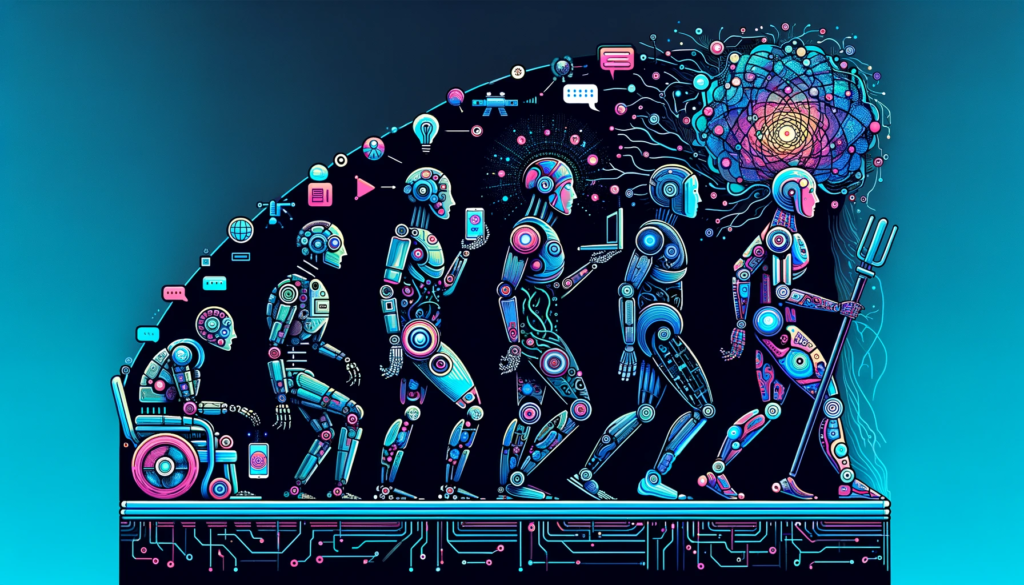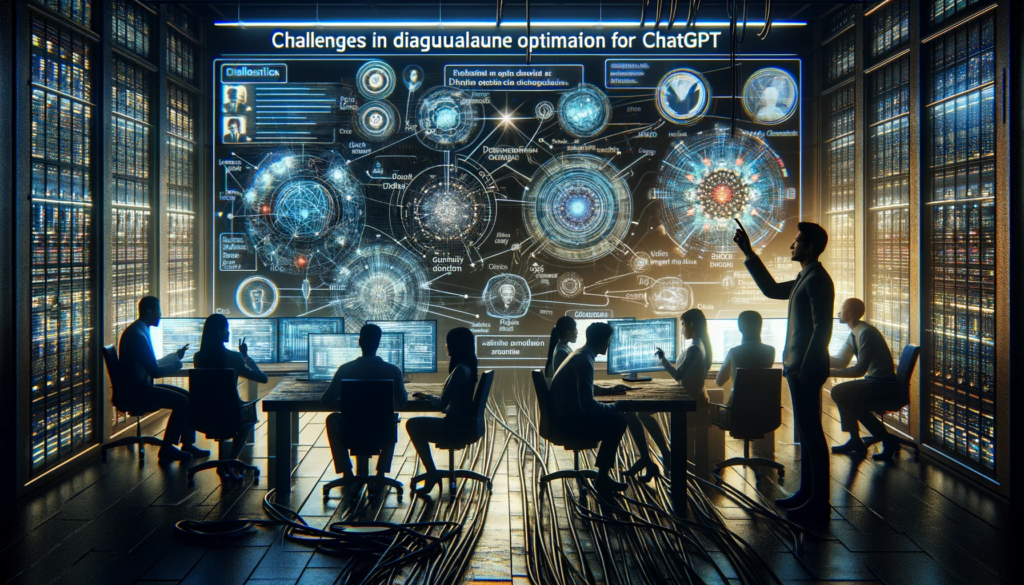
In the realm of artificial intelligence, one of the most significant advancements has been the development of sophisticated language models like ChatGPT.
These models are not just a step forward in natural language processing; they represent a leap in how machines understand and interact with human language.
The concept of optimizing language models for dialogue extends beyond mere language comprehension or generation. It encompasses a broader spectrum of understanding context, emotion, and the subtleties of human communication.
- The Evolution of Language Models

Language models have evolved from simple rule-based systems to complex neural networks capable of understanding and generating human-like text. Early models were limited by their inability to grasp context or generate coherent, lengthy responses.
The advent of models like ChatGPT, built on architectures like GPT (Generative Pre-trained Transformer), marked a significant shift. These models are trained on vast datasets, enabling them to generate human-like text based on the context provided.
2. The Importance of Dialogue Optimization

Optimizing language models for dialogue is crucial for several reasons. First, it enhances the user experience by making interactions more natural and human-like. This is particularly important in applications like virtual assistants, customer service bots, and interactive learning platforms.
Secondly, optimized dialogue models can understand and respond to nuanced inquiries, making them more effective in a range of applications from healthcare to education.
3. Challenges in Dialogue Optimization

The path to optimizing language models for dialogue is fraught with challenges. One of the primary issues is understanding context. Human conversation is complex, often filled with idioms, sarcasm, and implicit meanings. Teaching a machine to understand these subtleties is a significant challenge.
Additionally, maintaining coherence over long conversations and ensuring the model’s responses are relevant and informative is another hurdle.
4. Techniques for Optimizing Dialogue

Several techniques are employed to optimize language models for dialogue. One approach is fine-tuning the models on specific types of conversations, which helps the model understand the nuances of particular domains.
Another technique is the use of reinforcement learning, where the model is trained based on feedback, learning from its mistakes to improve future interactions. Incorporating emotional intelligence into models is also a growing area of focus, aiming to make interactions more empathetic and engaging.
5. Applications of Optimized Dialogue Models

Optimized dialogue models have a wide range of applications. In customer service, they can handle inquiries efficiently, reducing the need for human intervention. In education, they can provide personalized learning experiences, adapting their responses based on the learner’s level. In healthcare, they can assist with preliminary diagnoses or offer mental health support. The potential applications are vast and continue to expand as the technology evolves.
6. Ethical Considerations

As with any AI technology, there are ethical considerations in optimizing language models for dialogue. Issues such as privacy, data security, and the potential for biased responses must be addressed. Ensuring the ethical use of these models involves transparent data practices, regular auditing for biases, and safeguards to protect user privacy.
7. The Future of Dialogue Optimization
The future of optimizing language models for dialogue is exciting. We can expect advancements that lead to even more nuanced understanding of human language, better handling of complex dialogues, and integration of multimodal inputs like voice and facial expressions. The ultimate goal is to create models that can engage in meaningful, helpful, and empathetic conversations, bridging the gap between human and machine interaction.
8. Conclusion
ChatGPT and similar models represent a monumental step in the journey towards more sophisticated AI language capabilities. Optimizing these models for dialogue is not just about making machines talk; it’s about understanding the intricacies of human communication and emulating them.
As we continue to improve and refine these models, the potential for positive impact across various sectors of society is immense. The key lies in advancing the technology responsibly, ensuring it serves to enhance, not detract from, the human experience.
